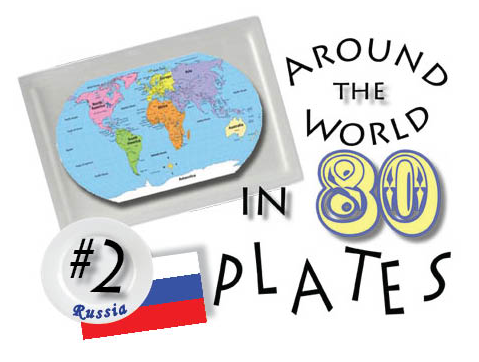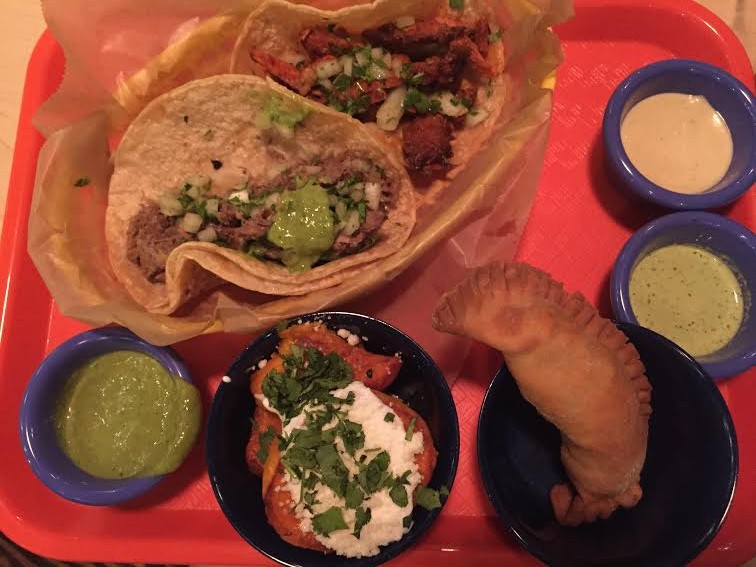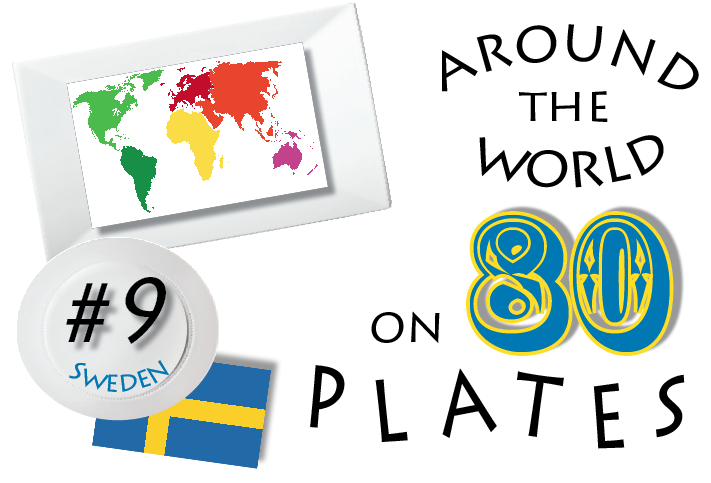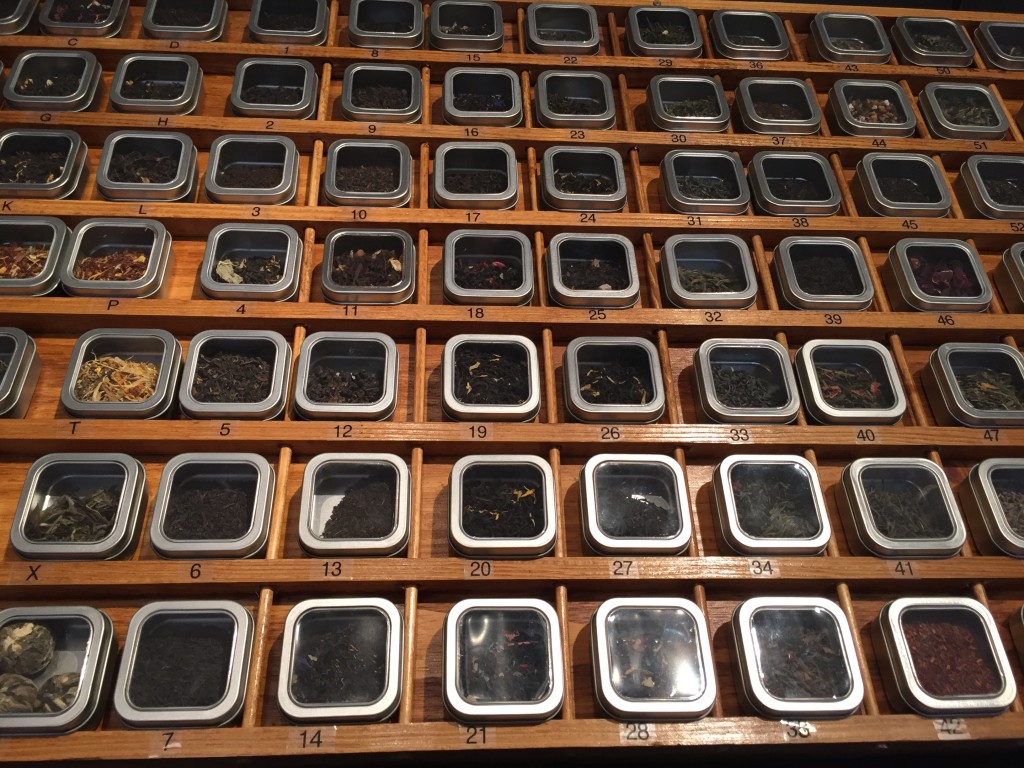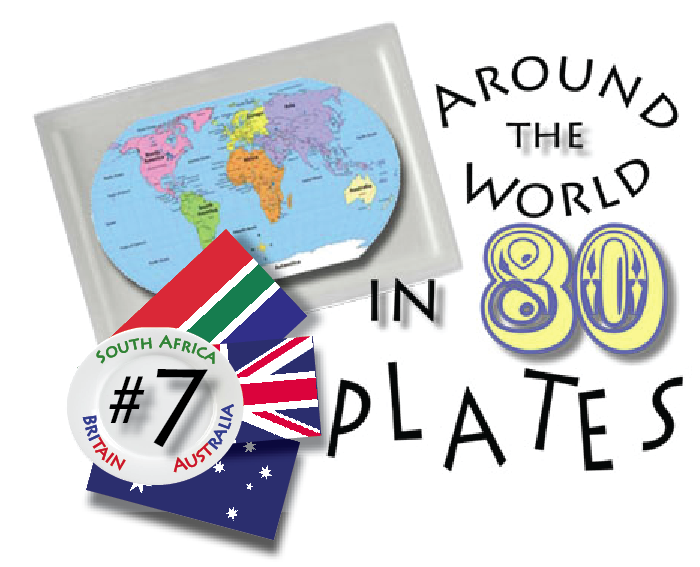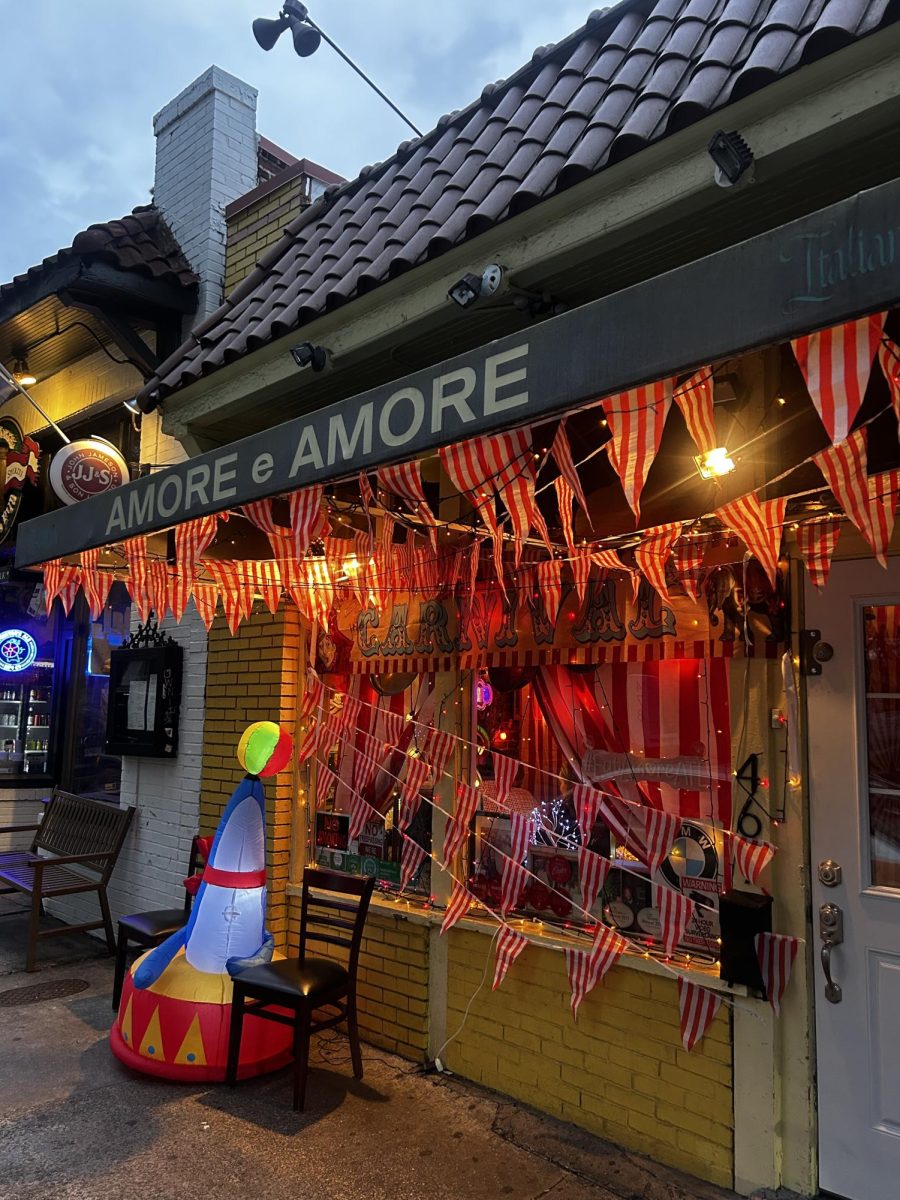By Anna Poznyak As an immigrant, I feel nostalgia when I think of things from my country. One of the things I definitely miss and dream about during rainy evenings is the familiar and lovely food I left behind.
Even though I was born in Moscow, my parents are originally from the small town of Bereza on the Belarusian west border of Poland. Throughout history, this land has switched back and forth between Russia and Poland. As a consequence, the western territories of Belarus are mixture of Russian and Polish.
As a result I grew up eating the same mixtureRussian and Polish food. Since childhood I have known and loved the taste of sour cabbage, lard (salo in Russian) served with dark bread and cropped onions, birch juice, homemade jams and salinities and so much more. Such food may seem weird, even wild, to an American palate.
They are very different to be sure, but there is a reason for everything. The tradition of making homemade preserved food is centuries old. It began in distant provinces as a way For Russian peasants and their masters to survive severe and cold Russian winters. In these harsh conditions, it became critically essential for Soviet citizens to make canned food at home using homegrown vegetables, fruit and berries. In the very first years of the Union, having an independent source of food saved many from death by starvation.
With time, starvation became a horror told by previous generations to youngsters. But the shelves of grocery stores were still far from being diverse and abundant. Sometimes in smaller cities, like the one my parents grew up in, all the shelves were simply empty. All the produce from local factories was intended for the country’s big cities, such as Moscow and St. Petersburg, so homemade produce, starting from dried berries, mushrooms and herbs and ending with canned vegetables and meat, became exclusive delicacies. This was the way my grandparents lived their lives, and this was what the childhood of my parents looked like.
In the big cities the life was definitely way more metropolitan in many aspects. But thanks to the simpler lifestyle, I and many other children around Russia and Belarus have enjoyed positive consequences. These include Granny’s strawberry and cherry jams, canned and salted tomatoes and cucumbers, lecho (paprika in a sauce) and birch juice, extracted in spring, but enjoyed in summer.

Another unspoken principle of Russian, as well as Belorussian and Polish, kitchens is that nothing can be thrown away without being used. After exhausting years of starvation and war, Russia’s giant deficit was the obvious reason for such economical saving. Nowadays a dish called Holodec (meat in jelly) and sausage “stuffed with a finger” are perfect examples of frugality in the kitchen. The first dish uses boiled-for-hours meat and the resulting gelatinous broth. The second one may seem even moreun appetizing: mixture consisting of different kinds of meat (or liver), fat pieces and seasoning, which the preparer stuffs in to an calf intestine with her or his finger. The cooked dis, however, is much more appealing and tasty than the raw dish would suggest. Sausage, after being baked in the oven, has a delicious, toasted crust. Holodec stays in a fridge for a couple of hours to become a rich, salty jelly with meat. Both dishes are usually served with boiled potatoes and mustard or grated horseradish.
During New Year’s celebrations on almost every Russian and Belarusian festive table, you will find two dishes that are as traditional and important as Thanksgiving turkey in the United States. They are Herring Under Coat and Olivier. The latter is potato salad seasoned with mayonnaise. The salad includes canned peas, chopped carrots, onions, pickles and some kind of meat, usually sausage. The Herring Under Coat is much more extravagant. It is cooked in the following way: first a herrng is plaud on a wide, flat plate and cut into slices; and then the herring is covered with separate layers of boiled and grated beetroots, potatoes, carrots and eggs with a thin layer of mayonnaise on the very top. All the layers must not mix.
Our family has cooked and offered both dishes to American friends during Thanksgiving dinner.Because Olivier was a more familiar dish to the family, it was a favorite, while Herring Under Coat definitely seemed suspicious and was tried only by the most dauntless members of the families.
“We really wanted to try an ‘authentic’ Russian/Belarussian dish,” said our friend who dared to try the dish. “But my friend never told me what the ingredients would be. In the South, we certainly don’t eat herring very often, but Herring Under Coat wasn’t nearly as strange as some of the dishes we imagined ahead of time. No lamb eyeballs, thank goodness!”
For the record, I have never saw or tried lamd eyeballs.
Earlier this year, I tried another food experiment with Americans, this time offering a cabbage pie. I made it for a picnic in Piedmont Park with my volleyball team. I wanted to bring something very Russian, something I have loved since childhood, and see how my teenage friends reacted. The reaction was not as enthusiastic as I hoped it would be; primarily, they said that “it is interesting,” but left the piece aside and went for another chocolate-chip cookie or handful of chips.
But don’t think that Russian cooking consists only of weird dishes of vegetables wrapped in dough or lying on herring. There are more recognizable dishes that often become favorite dishes of Russians and non Russians alike. One of these dishes are crepes. In Russia, there is even a crepes holiday called Maslenitsa, which is celebrated in late Febuary to early March and is the last time people can eat their fill before Lent. With caviar and butter, sour cream or jam, crepes are incredibly tasty with anything on top. Another widely known Russian dish is pelmeni. Pelmeni look a lot like Italian ravioli, but are usually stuffed with meat and served with sour cream and fresh, chopped greens. As for Belarusian dishes, probably the most recognizable are draniki (potato pancakes). Raw potatoes and onions are grated and then fried on a pan, ideally in grease. Draniki are usually served with sour cream and sour milk as a drink. Stuffing them with meat makes the pancakes almost the tastiest thing in the world.

Last summer, when we landed for the first time in New York, one officer, after he found out that we are from Russia, asked with a smile, “Do you bring anything prohibited with you? Salo?”
“Mother Mary!” I thought back then. “Who cares about salo?! It is so nasty, how can people know and possibly love it?”
After three days in New York eating mostly hot dogs, pretzels, and pizza, however, I viewed these traditional dishes much more friendly. I wished we’d broken the rules and brought granny’s homemade jam or lecho. The more I live in America, the more I start to appreciate my home country’s food and eating traditions, everything from bread to chocolate. I am not saying that American food is awful. Quite the opposite. Most South European countries cannot boast the same tasty and high quality fresh fruit and vegetables that are available in the U. S. But after enjoying the wide range of flavors and dishes since childhood, American food is too banal for me, too binary: either incredibly sweet or salty. In my view, food is one of the things we carry with us through childhood and the rest of our lifes. So for me now every spoon of Granny’s jam brought across the ocean in plastic bottles (crazy, is not it?) is golden, as well as mom’s cabbage pie, way tastier than any burger.
This is the third installment in the series, Around the World on 80 Plates

